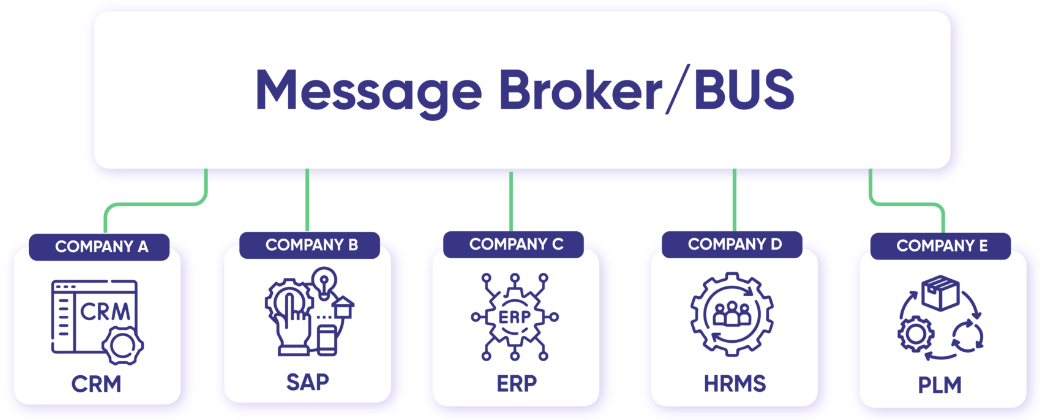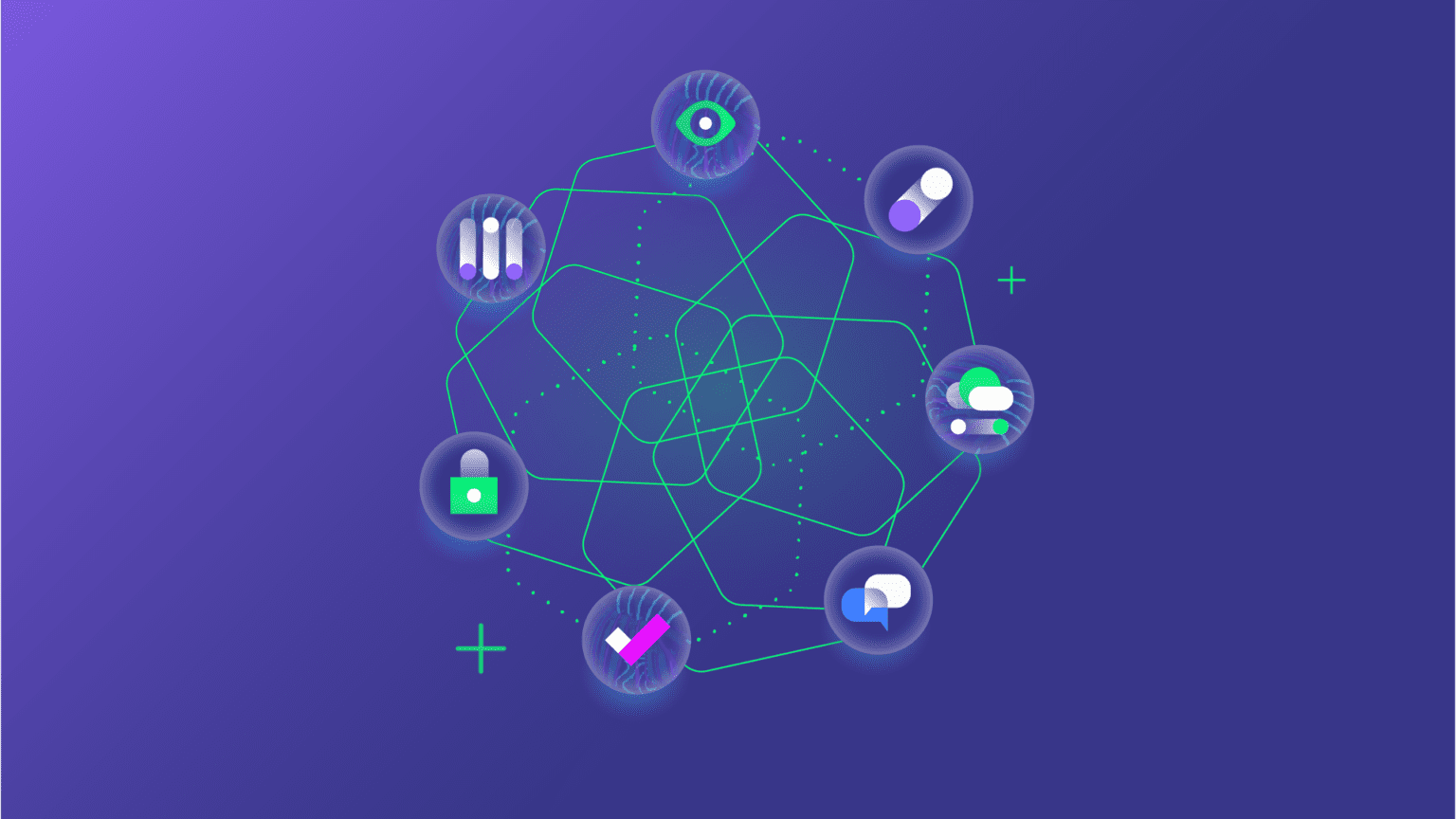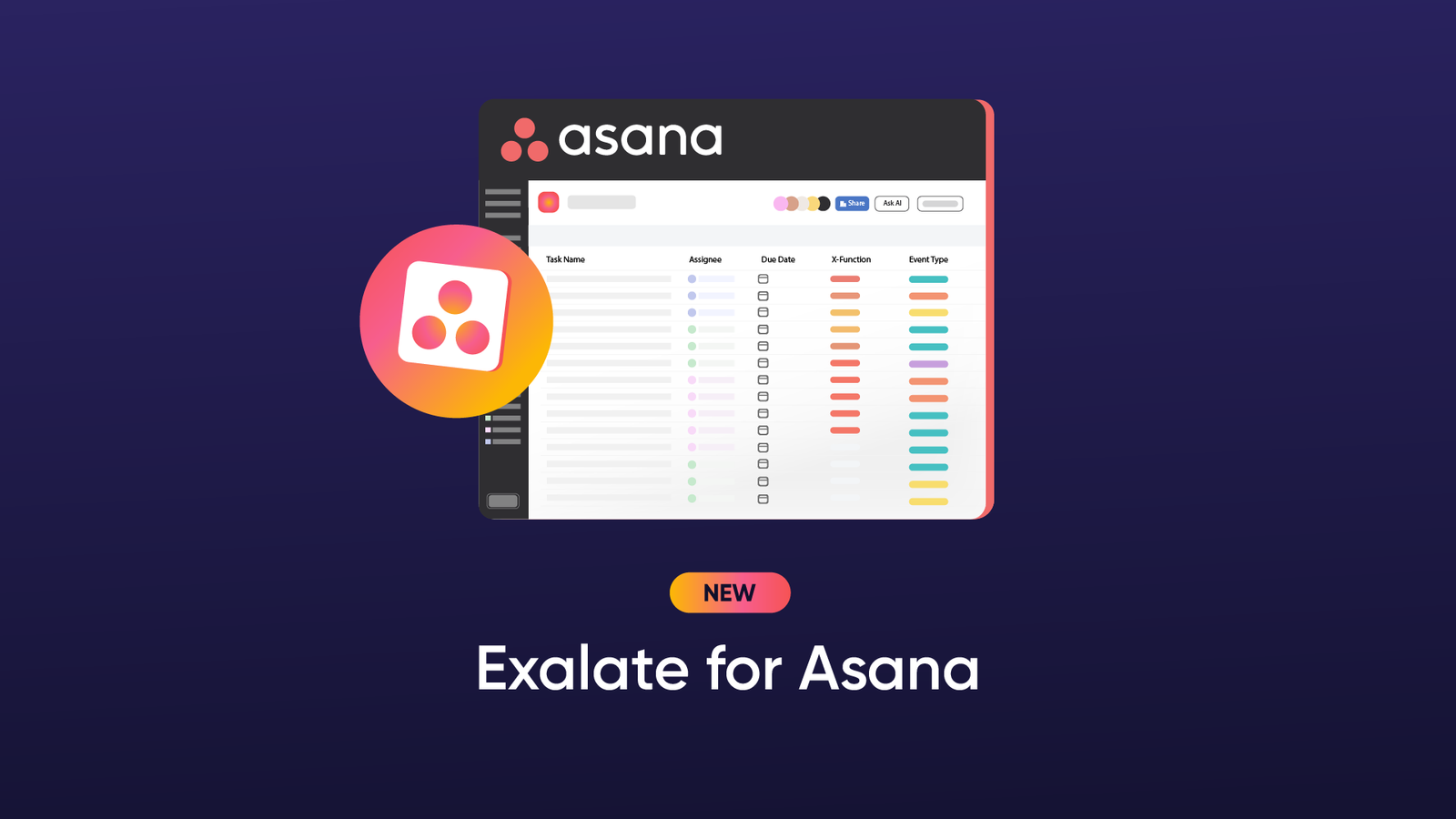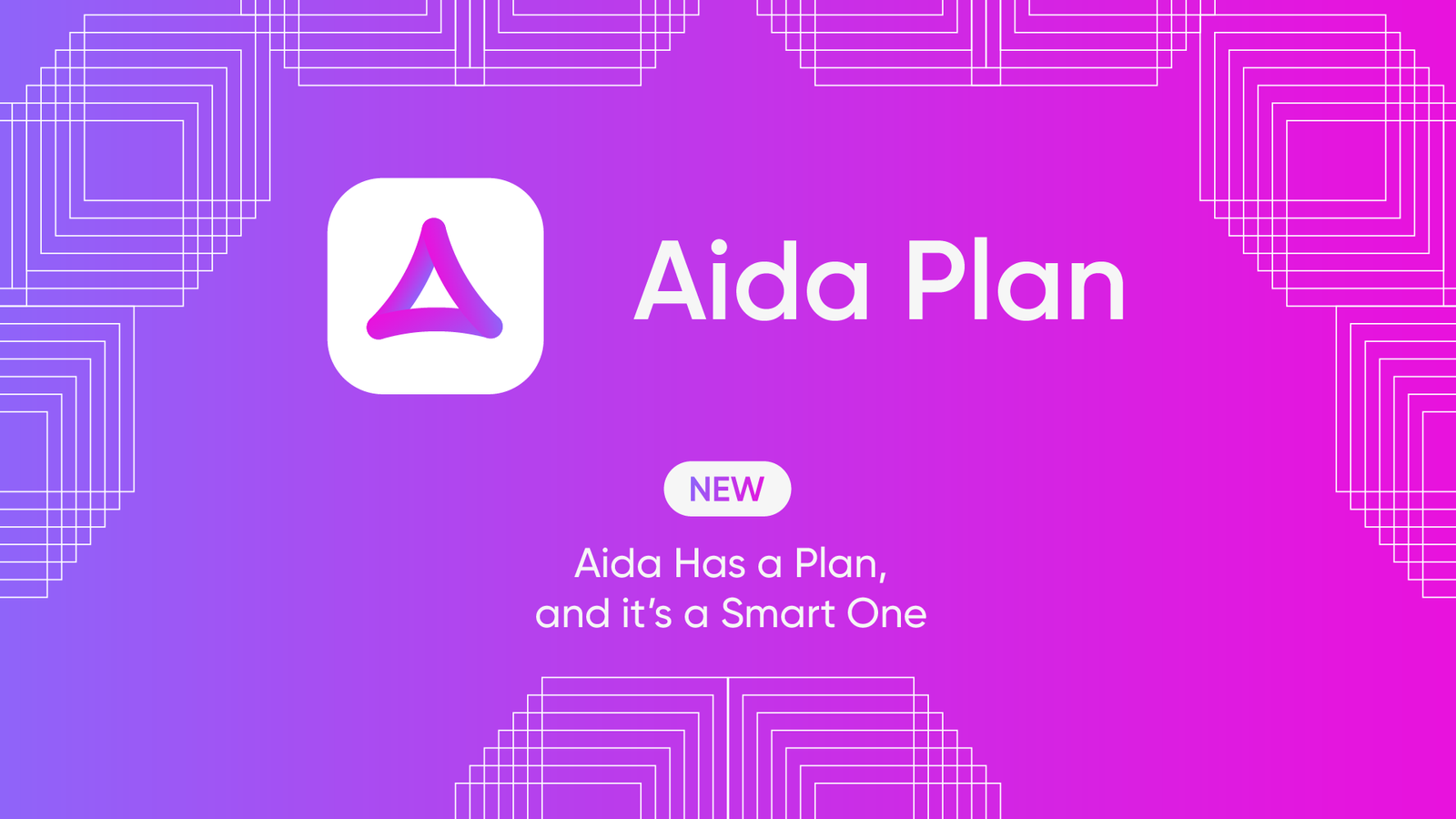Integration challenges exist as a barrier to digital transformation, and organizations have started acknowledging these obstacles. Against this backdrop, adopting point-to-point integration becomes increasingly relevant, offering an efficient solution to address integration complexities.
Furthermore, industry-specific requirements, such as interoperability in healthcare, underscore the demand for customized point-to-point integration.
From understanding the core concepts to exploring real-world applications, we’ll discuss the simplicity, benefits, and unique features that make point-to-point integration a pivotal element in your integration scenario.
What is Point-to-Point Integration?
Point-to-point integration (also called peer-to-peer integration, or P2P integration) is the process of connecting two separate software applications or systems directly to exchange data and communicate without intermediaries.
It typically involves a one-to-one connection between two endpoints. In the technology domain, these “endpoints” are usually software applications, databases, or even hardware devices.
Unlike the more centralized approaches like hub-and-spoke or middleware-based integration, P2P integration creates a direct connection between individual systems.
At its core, point-to-point integration involves creating a dedicated link between specific systems to exchange data tailored to their unique requirements. If you want to connect three systems, you need to create three separate connections – one for each pair. You must ensure that each connection transfers only the specific data you wish to exchange.

Let’s take a look at how point-to-point integration works in practice.
How Does Point-to-Point Integration Work?
Every direct connection between two systems functions in a unique manner. It’s essential to keep in mind certain things while dealing with these connections.
To make point-to-point integration work, developers often use the connecting system’s APIs or write a custom program from scratch. Once the systems are connected, data can flow freely and securely between them.
The one-on-one connection approach reduces the complexity associated with routing data through a central hub, which is a common practice in other integration approaches.
Next, is to transform and convert the data to a format readable on the respective systems.
The systems you want to connect use different data formats, data structures, and protocols. To ensure things work smoothly while connecting them, it’s necessary to transform and map this data appropriately.
For example, if one system uses the “DD/MM/YYYY” date format, while the other expects “YYYY-MM-DD”, the point-to-point integration approach must convert the data in the proper format to ensure compatibility.
It might involve converting data from one format to another, aligning data structures, and handling any necessary translations. This step ensures that data sent from one system is correctly understood and processed by the other system.
Sometimes, point-to-point integrations involve putting messages in queues to manage the data flow. These messages are inserted into a queue when dispatched from a sender. They are accepted based on the queue order at the receiving end.
You can thus ensure the correct order of message delivery and prevent any data loss through this queuing mechanism.
As with any other integration framework, security must be your primary focus while dealing with P2P integrations. Think about robust security measures like encryption, authentication, authorization, etc.
At this point, let’s touch base on how the point-to-point integration approach differs from other centralized approaches.
Main Characteristics of Point-to-Point Integration
Point-to-point integration, while relatively simple, has a set of distinct characteristics that define its functionality and limitations. Here are the key characteristics:
- Direct Connection: The two platforms are linked directly, allowing data to flow between them without intermediaries.
- Simple Data Transfer: the direction connection of systems makes point-to-point integration ideal for straightforward data exchange without much transformation or complex logic.
- Decentralized Control: Each system admin has full control over their own connection, which makes it difficult to monitor or configure the integration from a central hub. Even at that, a failure in one system can affect all connected systems.
- Limited Scalability: As more systems are added to the integration, the number of connections skyrockets and becomes difficult to manage.
- Low Overhead: Point-to-point integration is easy to configure because it requires minimal resources since there’s no middleware or complex infrastructure involved.
- Custom Configurations: Each system needs its own setup for communication, requiring unique configurations for every connection.
- Maintain Difficulty: Since each connection has to be managed individually, this introduces more complexity in troubleshooting and ongoing support.
In short, point-to-point integration works well for small setups but becomes cumbersome and hard to maintain as the number of systems increases.
Distinguishing Point-to-Point Integration from Centralized Approaches
Hub and Spoke Model
In a hub-and-spoke model, a central hub serves as a mediator or intermediary between multiple endpoints. All systems connect to the hub. The hub is responsible for routing and data transformation. They are highly scalable and are a perfect fit for large enterprises with diverse integration requirements.

However, they can be complex to set up and maintain because of the central hub’s role in managing communication.
Enterprise Service Bus (ESB)
ESB acts as a centralized message broker that handles communication between various systems. It offers features like message queuing, transformation, and routing. It supports complex routing and transformation scenarios. However, implementing and maintaining ESBs can be daunting, and hence they aren’t suitable for simple integration needs.

What sets point-to-point integration apart is its simplicity and directness. An organic evolution of a point-to-point connection can be a meshed integration.
In this kind of network, any system can connect with any other system based on specific requirements. Multiple point-to-point connections can lead to a mesh of connecting systems. Here, each link is responsible for handling communication between two systems.

Though point-to-point integration can seem simple at the onset, it is also quite versatile and can be particularly useful in certain situations.
When is Point-to-Point Integration the Right Choice?
To help you understand when to opt for point-to-point integration, let’s explore some common scenarios where this approach shines.
The Integration Scope is Limited and Specific
When you have relatively simple integration needs involving only a few applications, point-to-point integration is an excellent choice. For small and medium-sized businesses with straightforward needs, this approach can be both efficient and cost-effective.
You Need an Integration Solution Quickly
In situations where you need a rapid integration solution for a short-term project or temporary data exchange needs, point-to-point integration offers a nimble approach. After all, setting up direct connections between endpoints is quicker than configuring a complex integration architecture.
Once your project is complete, you can easily dismantle the point-to-point connections without disrupting the existing infrastructure.
One Side Uses Legacy System
Many companies still rely on legacy systems that lack modern integration capabilities. A point-to-point integration can help you connect your legacy systems to newer applications. You can thus include them in your modern workflows and data exchange requirements without needing a complete system overhaul.
Performance is a Top Requirement
Point-to-point integration is the perfect candidate for speedy and low-latency integrations. Direct links between your systems can help you avoid network hops and potential bottlenecks arising from more complex integration architectures.
This can be crucial for real-time data processing needs like financial transactions or industrial control systems, where delays are not acceptable.
You Value Compliance and Security
Industries like healthcare and finance have stringent regulatory data security and privacy requirements. Integrating your systems with a P2P connection will allow you to implement precise security measures and compliance controls directly with the involved systems.

Now that we have explored how P2P integrations work and where we can use them, let’s delve into the array of benefits that this integration brings to the table.
What are Some Point-to-Point Integration Alternatives?
Here are some alternatives to point-to-point integration, each offering greater scalability, flexibility, and manageability:
- Hub-and-Spoke Integration: Under the model, the central hub connects all connections (the spokes). So each system connects directly to the hub. This simplifies monitoring and maintenance, but can become a bottleneck if the hub fails from overload.
- Enterprise Service Bus (ESB): The ESB serves as middleware that handles routing, data transformation, and orchestration. This solution has higher initial costs and a steeper learning curve.
- API Integration: This integration approach allows systems to communicate through standardized APIs. It promotes modularity, reusability, and real-time communication. However, managing APIs, ensuring security, and handling version control can become challenges as the number of APIs increases.
- Cloud-based Integration Platforms (iPaaS): iPaaS simplifies the integration of cloud and on-premise applications. It reduces the complexity of managing individual connections and allows for easy scaling as new systems are added. The downside to iPaaS is that it can become expensive as usage grows.
- Middleware Solutions: Middleware acts as an intermediary layer between applications, simplifying communication and integration by providing a standardized interface. It reduces the need for direct connections but can introduce additional latency and complexity, requiring specialized expertise to manage.
- Microservices Architecture: This approach involves breaking down applications into small, independent services that communicate through lightweight protocols like HTTP or message queues. However, managing many microservices and ensuring smooth integration can be complex and require advanced tools.
Each alternative offers specific benefits depending on the scale and complexity of your integration needs, from centralized control and flexibility to simplified management and scalability.
What are the Benefits of Point-to-Point Integration?
While it may not always be a “one-size-fits-all” solution, point-to-point integration offers various benefits when used in the right situation.
- P2P integration offers rapid data exchange between systems since there is no need for additional intermediaries or complex middleware. This increases operational efficiency.
- With fewer parties involved, point-to-point solutions are often easier to set up and maintain. It can be quicker and more affordable compared to more advanced integration patterns like hub-and-spoke.
- Since point-to-point integration doesn’t involve large middleware infrastructures, they have lower setup costs. This is especially advantageous for smaller businesses with limited budgets.
- For quick, small-scale integration needs, point-to-point setups are often the fastest to deploy. They require minimal overhead and can deliver the necessary functionality quickly.
Point-to-point integration has a lot of advantages, but it is not without challenges.
Point-to-Point Integration Challenges
Before diving headfirst into this integration approach, let’s explore some potential challenges and factors to keep in mind.
- Complexity Over Time (Scalability Issues): As your organization grows, you will add newer applications. These applications would again need to be connected with each other. Two application connections can soon increase to twenty. Maintaining and managing these connections and ensuring they work fine can be challenging. Such growing integrations can also lead to a spaghetti mess.
- Monitoring Complexity: Monitoring the health and performance of multiple direct connections can be more demanding than overseeing a centralized integration platform.
- Vendor Lock-in: Point-to-point integrations can involve vendor-specific protocols and APIs. This can lead to vendor lock-in, where switching platforms or vendors without major disruptions becomes challenging. Also, as vendors update their systems, it becomes challenging to ensure compatibility and stay up to date with vendor changes.
- Diverse Technologies: Point-to-point connections can involve a mix of protocols and technologies. This diversity can lead to a lack of standardization in your integration ecosystem.
- Documentation and Knowledge Transfer: Without proper documentation and knowledge transfer between new team members and the existing developers who created the point-to-point integrations, maintaining P2P connections can be challenging.
Since point-to-point integrations involve developers spending a considerable amount of time writing the code for implementing direct connections, many companies are looking for other solutions.
You can implement point-to-point integrations using various tools available in the market. One such tool that we’ll discuss today is Exalate.
Exalate for Point-to-Point Integration
Exalate is a cutting-edge integration platform that facilitates point-to-point connections between diverse systems, empowering organizations to connect, synchronize, and collaborate efficiently.
If your organization wants to link up with just one other department, team, or company, you can create what we call a peer-to-peer (P2P) connection.
It supports bi-directional synchronization between various applications like Jira, Azure DevOps, Salesforce, ServiceNow, Zendesk, GitHub, and more. You can set up basic to advanced point-to-point integrations using Exalate’s no-code and low-code modes.
Key Features of Exalate for Point-to-Point Integrations
Some unique features make Exalate an ideal choice for implementing point-to-point integration.
- It enables bi-directional synchronization, ensuring changes in one system are reflected in real-time in the connected system. This two-way communication streamlines processes and keeps information up-to-date across the network.
- It provides tailored integrations with customizable mapping features. You get to define how data is transferred between systems, allowing for a personalized integration experience.
- It prioritizes security and compliance, offering robust encryption and ensuring data transmission adheres to industry standards. You can trust that your information is protected with every point-to-point interaction.
- It caters to various integration needs, from a startup to a multinational corporation. Its architecture is designed to handle the complexities of diverse business environments, making it a versatile solution for companies of all sizes.
- It also supports AI-assisted integration, where you can use human-based prompts to set up complex integrations. Just type in your sync requirement and let the AI generate the script for you. Learn more about this feature here.
Exalate for MSPs is an extension of the P2P Exalate program, where we help MSPs and MSSPs implement end-to-end integration with their partners, vendors, or customers.
This brings us to our next point: What is the possible outcome of these numerous point-to-point integration networks?
What are Some Point-to-Point Integration Use Cases?
Here are some real-world examples and applications for point-to-point connections.
Case 1: Cross-Departmental Collaboration
A company’s IT department uses ServiceNow, while the customer support team uses Freshdesk. They need to share specific customer support tickets and incident details without duplicating data.
Your team can connect these two platforms, enabling direct integration between them. IT can view Freshdesk tickets from ServiceNow, and support agents can view ServiceNow requests, changes, incidents, etc, in Freshdesk.
This use case is common in the customer support workflow sync, where real-time visibility and fast implementation are critical.
Case 2: Cross-Company Integration
A company works closely with a specific vendor who uses a unique ticketing system for issue tracking. The company needs to share relevant bug reports or tickets with the vendor’s system.
Let’s say Company A uses Jira, while Company B uses Freshdesk. A Jira to Freshdesk integration will be needed to bridge the communication gap between teams on both sides. This will ensure a smooth flow of issue-related information between the two platforms without adding unnecessary complexity.
Case 3: MSP Integration
A company collaborates with external partners who use different platforms to track issues. They need to share specific issues or tickets with these external parties in real time.
So all the tickets and entities will come from different ITSM tools and enter a single Freshdesk or Freshservice platform, for example, ensuring that relevant issue data is shared without the need for a more complex integration.
Once updates are available, the IT team on the MSP side will be able to share them with the relevant partners and vendors. This is a core feature in outsourced IT service management.
Case 4: Multi-platform Integration
A distributed team working across different tools (e.g., Jira for project management, ServiceNow for ITSM, and Zendesk for customer support) needs to synchronize project statuses.
You can set up a point-to-point integration to synchronize project updates, ensuring teams stay aligned without manual data transfer.
So let’s say a support ticket is raised in Zendesk. You can sort and route it based on severity and priority: high-priority tickets will automatically head to Jira, while low-priority tickets will become incidents or problems in ServiceNow.
Creating Connected Networks with Point-to-Point Integration
At Exalate, we dream of a global network of connected companies. Picture this: a company has its point-to-point connection network with various other apps for specific jobs. This company wants to connect with other companies or teams, having their individual point-to-point networks.
It’s a challenge because these individual networks are spread out, with no central control, and there is a need to ensure that every part of each network is connected to the required endpoint.
Connecting these fragmented point-to-point (or meshed) networks and building a global network takes innovation and teamwork. With Exalate, we’ll guide you on this journey.
Book a demo with one of our integration engineers to see Exalate in action.
Conclusion
A point-to-point integration emerges as a powerful solution for organizations seeking efficient and direct connections between their systems. We’ve explored how this approach, exemplified by Exalate, enables businesses to transcend geographical and technological boundaries, fostering real-time collaboration and streamlined workflows.
The journey from peer-to-peer integrations to interconnected company clusters and the vision of a global network of connected companies signifies the evolution toward a seamlessly integrated future.
Frequently Asked Questions
What is Point-to-point integration (Star integration), and how does it differ from other integration approaches?
Point-to-point integration, or star integration, connects systems directly to each other, forming a star-like network. Unlike hub-and-spoke with a central hub, or bus integration with a shared channel, point-to-point lacks intermediary components. It is simple to set up, but potentially becomes complex as systems increase.
What is a point-to-point integration example?
An example of a point-to-point integration is when your customer service teams work in ServiceNow, whereas your development team works in Jira. Customer incidents coming into ServiceNow can require the dev team’s attention.
A point-to-point integration between ServiceNow and Jira will ensure incidents in ServiceNow are directly escalated to Jira, and all the required information and statuses are updated in both systems to have clear visibility.
What are the advantages of point-to-point integration?
A point-to-point connection offers simplicity, enabling quick and specific data exchange between two systems. It often requires less initial setup and can be cost-effective for a small number of integrated systems. Additionally, it allows for a clear understanding of data flow between connected entities.
Can point-to-point integration scale to accommodate growing business needs?
Point-to-point integration becomes less scalable as business needs grow. While suitable for a small number of integrated systems due to its simplicity, the approach can lead to complexity and maintenance challenges as the number of connections increases.
Scaling may result in a cumbersome network, making it less efficient compared to more centralized or distributed integration architectures for handling larger and more complex business requirements.
However, with the right integration tools, scaling and maintaining point-to-point integrations is a piece of cake.
Recommended Reading:




